“The greatest gift you ever give is your honest self.” –Fred Rogers
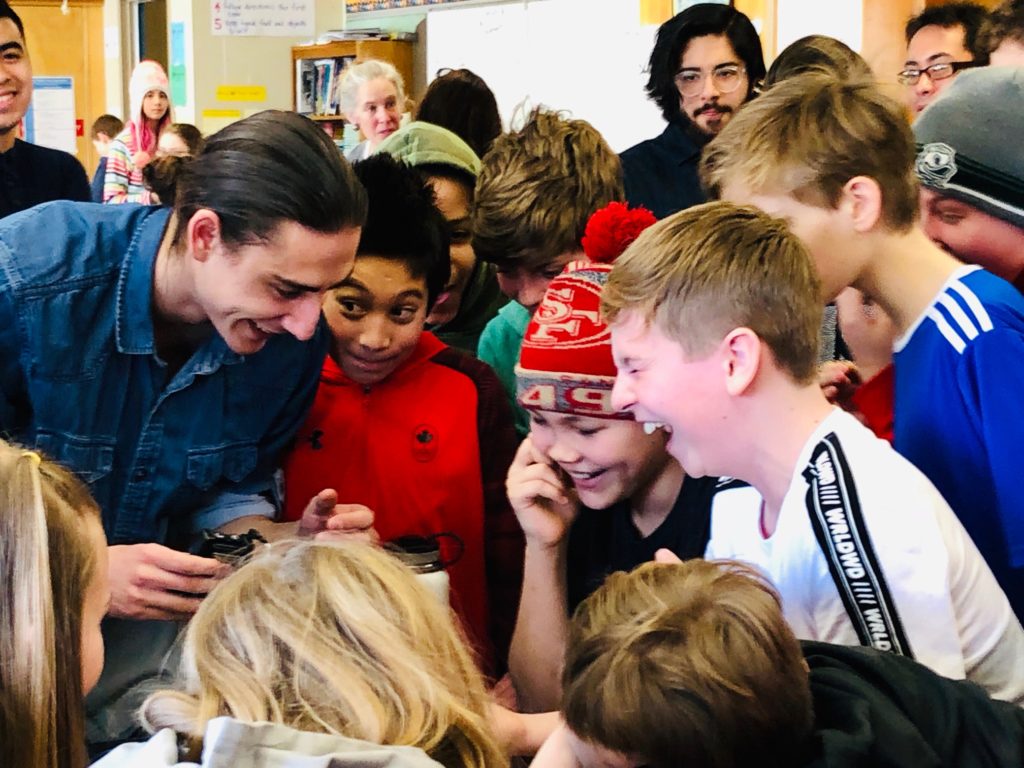
NW Noggin outreach volunteers at Hosford Middle School, Portland Public Schools…
LEARN MORE: Brain Hacking is Electric!
Did you know that we, the public, spend close to $40 billion annually on efforts to better understand and treat pressing medical needs, including chronic pain, Alzheimer’s, Parkinson’s, epilepsy, drug use disorders, autism, ADHD, anxiety, depression, stress, bias, and sleep?
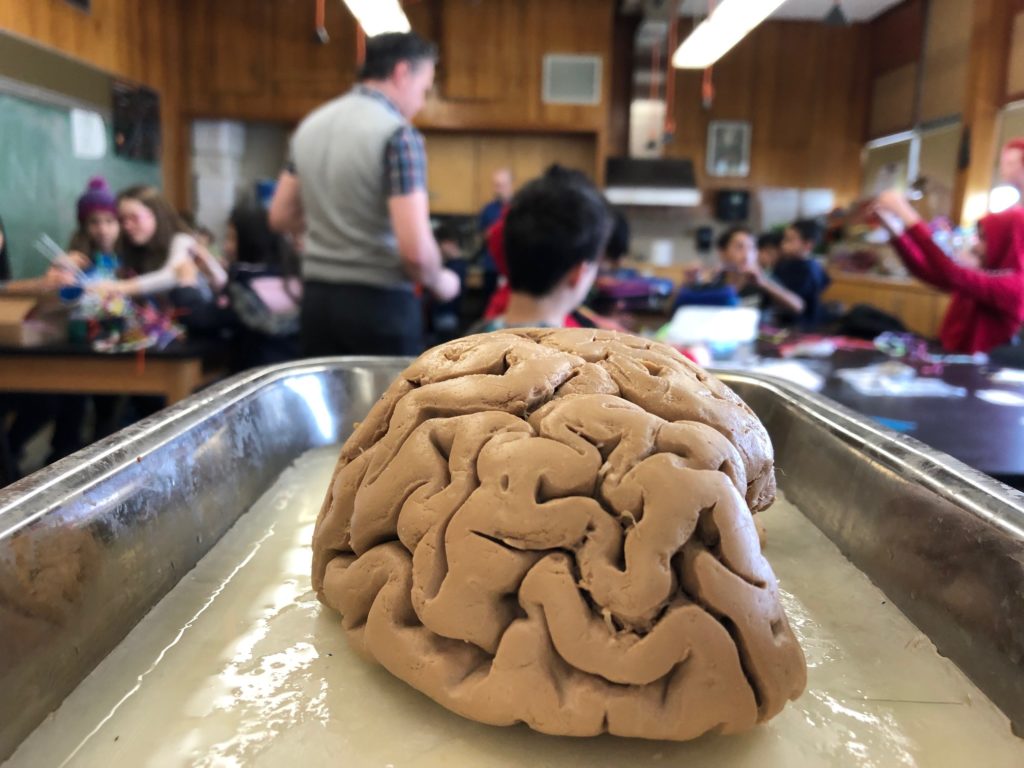
The National Institutes of Health (NIH) is the U.S. federal agency funding all this exciting biomedical research. They support, among other priorities, training for graduate students in research programs at universities and medical centers. Our nation needs sharp minds focused on the structure and function of complex biological systems, including of course the human brain…
LEARN MORE: NIH – What We Do
LEARN MORE: Cajal + Creativity @ the NIH
LEARN MORE: NIH Budget
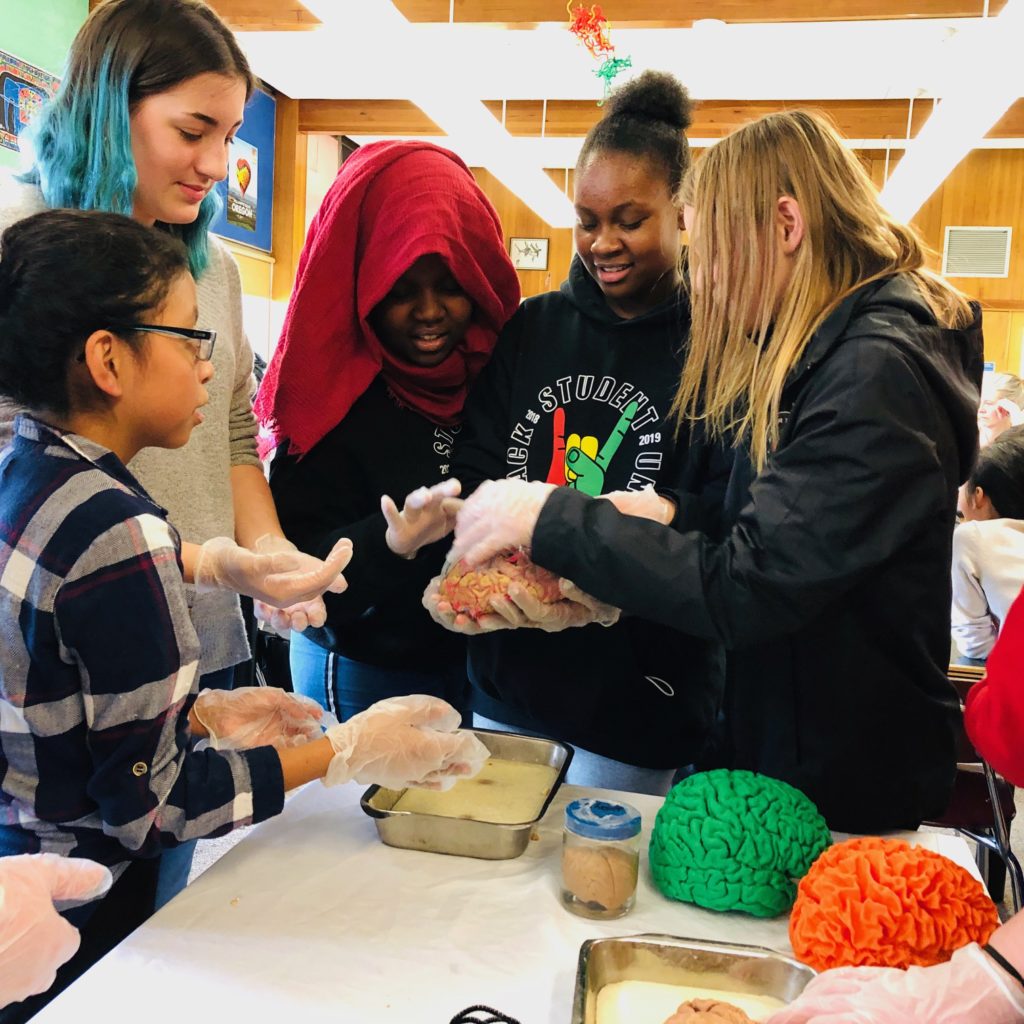
How do we encourage and include more young people, and effectively support them as they pursue discoveries that enhance our knowledge and well-being?
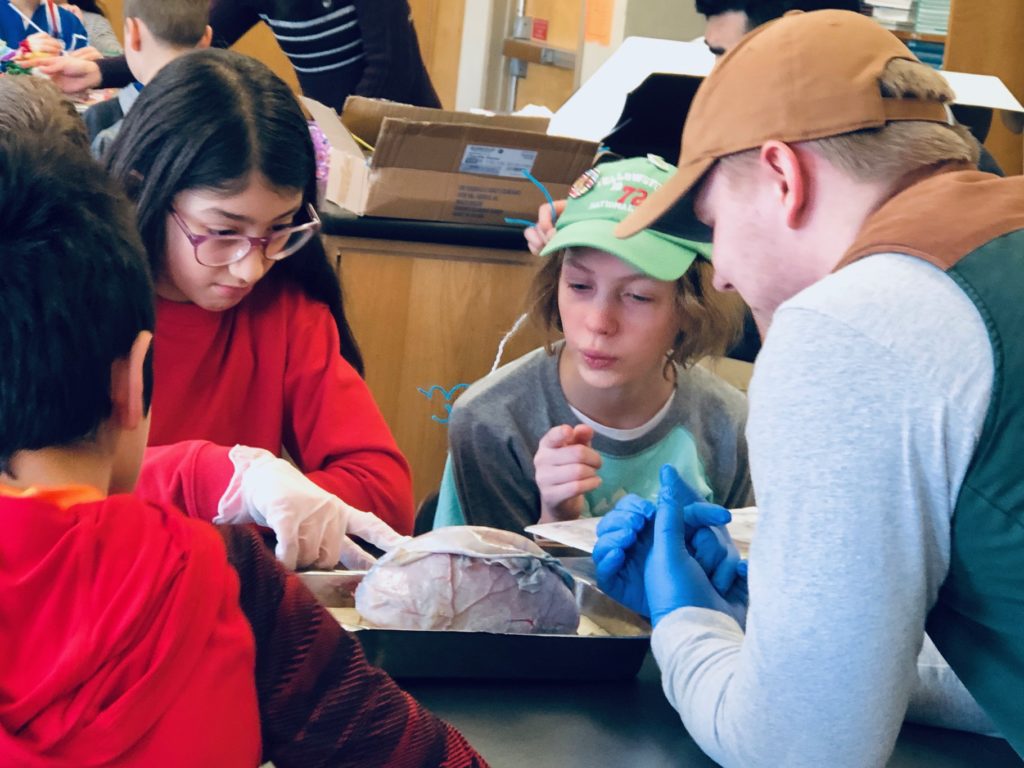
“In 1973, more than half of doctoral degree graduates in biological sciences landed a tenure-track position within six years.” -Catherine Offord, The Scientist
Times have changed. Many have noted a jarring disconnect between graduate training opportunities and dwindling tenure track jobs in academic institutions and research laboratories.
LEARN MORE: Navigating the path to a biomedical science career
LEARN MORE: Too Many PhD Graduates or Too Few Academic Job Openings
LEARN MORE: Addressing Biomedical Science’s PhD Problem
LEARN MORE: Graduate Biomedical Science Education Needs a New Philosophy
LEARN MORE: A PhD should be about improving society, not chasing academic kudos
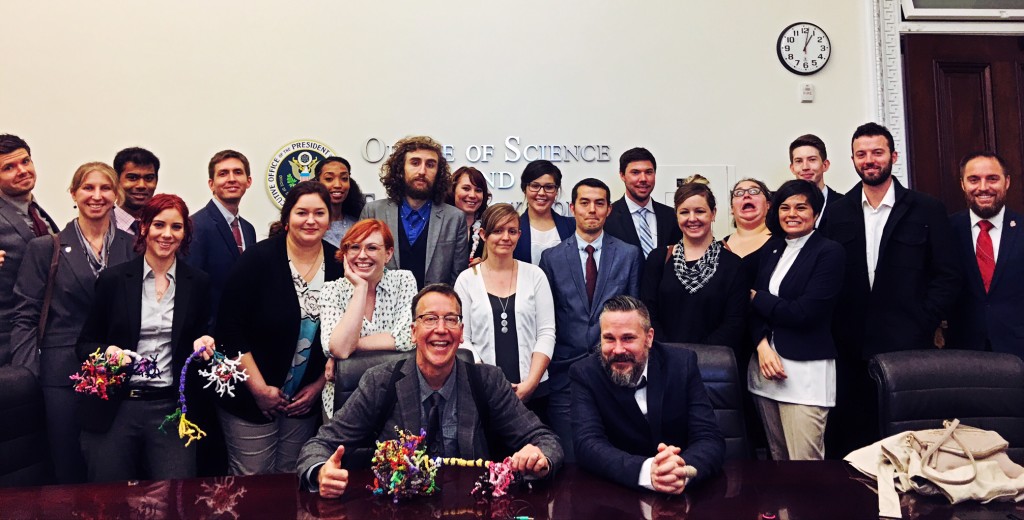
When our Noggin volunteers met with staff at the Obama White House Office of Science Technology Policy in 2016, they had many questions about funding, and increased competition for traditional faculty jobs. How should today’s post-docs transition into independent research? What did the Obama White House think about additional funding (e.g., more K awards) to assist in this process? Our students were advised to be flexible, and creative, and consider contributing their skills (including their teaching and community outreach skills) and knowledge of the brain in many areas outside the lab…
LEARN MORE: Brains at the White House!
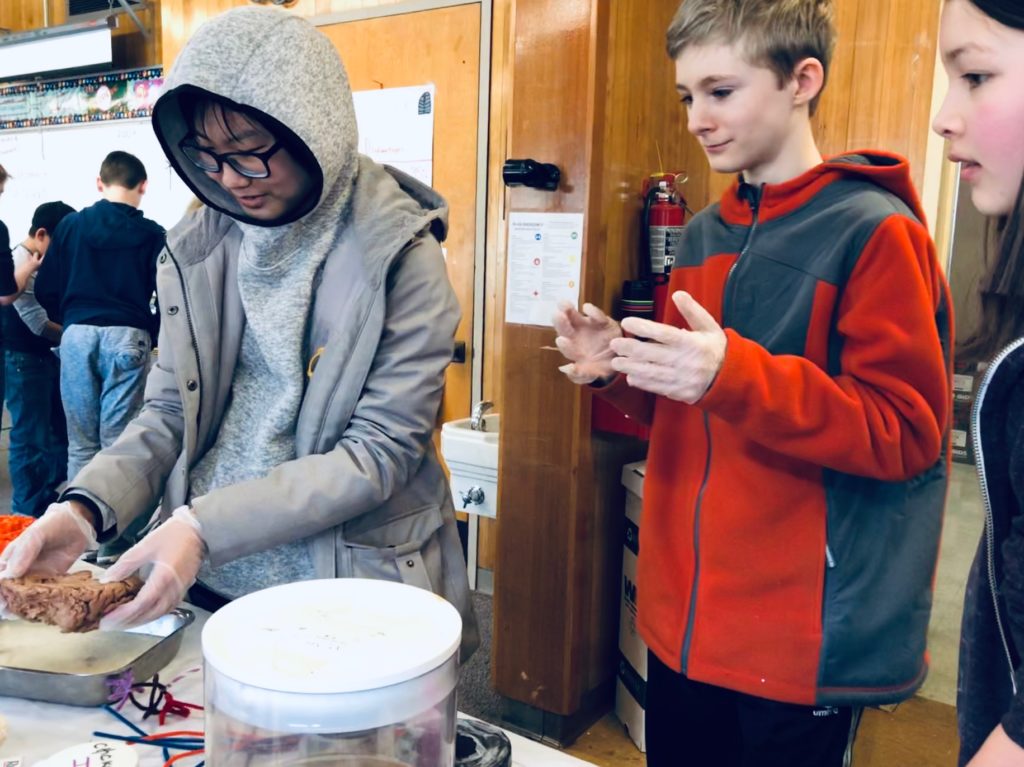
“One of the greatest dignities of humankind is that each successive generation is invested in the welfare of each new generation.” –Fred Rogers
Training in biomedical research has so many applications beyond the “traditional” pathway, which once led from an undergraduate to a graduate program, then to a post-doctoral position (often just one!), and finally a tenure-track job in academia.
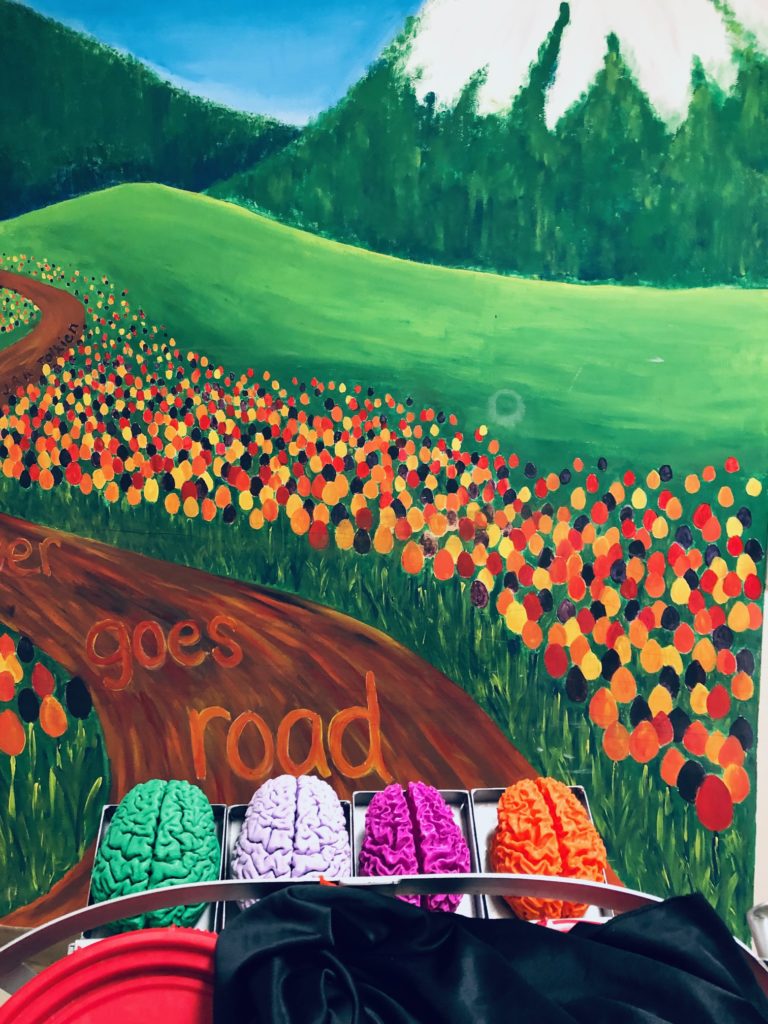
It’s a route trod by many Boomer faculty, who are now notably less diverse than their graduate students, or members of the public who are funding their NIH research.
LEARN MORE: All of Us: Importance of Diversity at NIH
LEARN MORE: Why the US science and engineering workforce is aging rapidly
LEARN MORE: Elite male faculty in the life sciences employ fewer women
LEARN MORE: Information about how NIH promotes a diverse scientific research workforce
LEARN MORE: The Faculty Workforce Is Aging … Is the Pipeline More Diverse?
LEARN MORE: Women, Minorities, and Persons with Disabilities in Science & Engineering
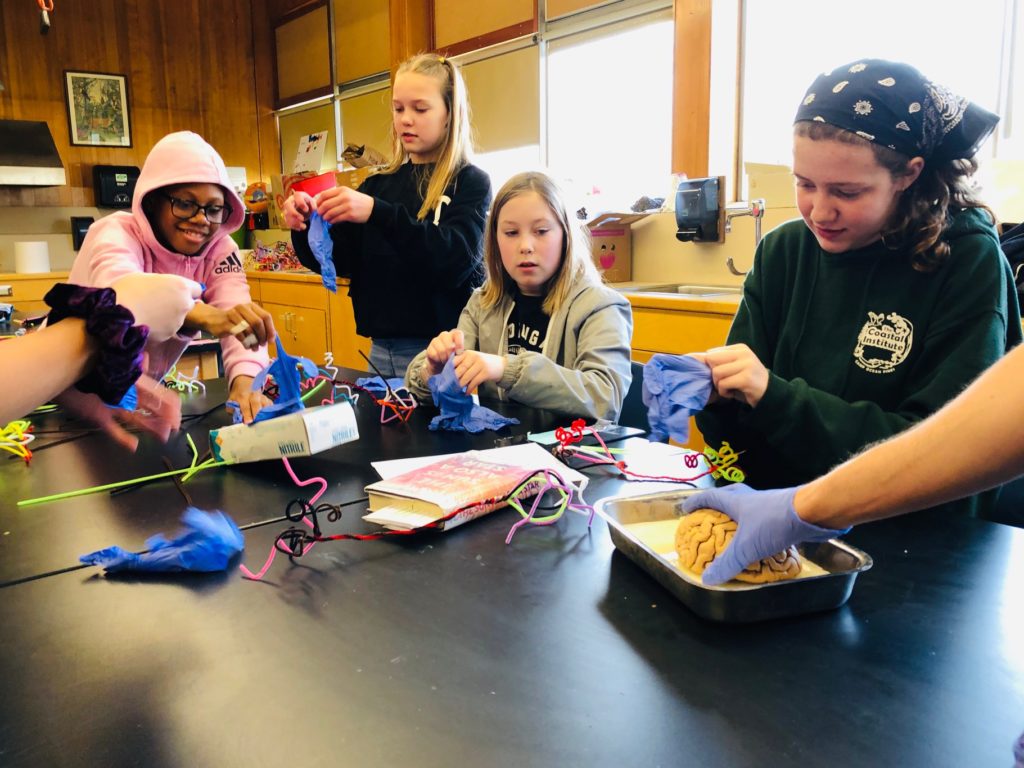
“Oh the places you’ll go!” – Dr. Seuss
So-called “alternative careers in science,” including positions in science-related policy, regulatory oversight, private industry, K-12 education, the arts and community outreach have tremendous value, and have become the norm.
LEARN MORE: NIH Program Trains Scientists for Nontraditional Careers
LEARN MORE: Creating opportunities for science PhDs to pursue careers in high school education
LEARN MORE: Psychology’s growth careers
LEARN MORE: Careers in Science Journalism and Writing
EXPLORE: Top 10 List Of Alternative Careers For PhD Science Graduates
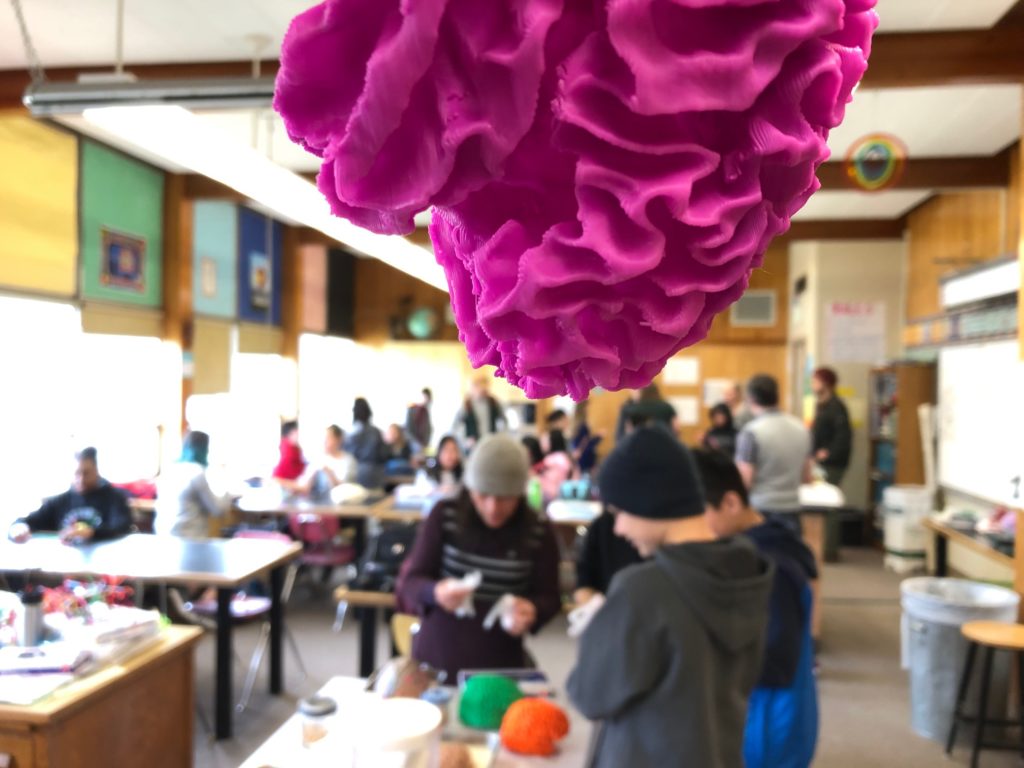
“For a Ph.D. holder, the idea that any career can be classified as ‘alternative’ is obsolete.” –Ashrifia Adomako-Ankomah
Training for “all the places you’ll go” is key. Both teaching and outreach help you develop the skills required for many jobs in science, and let you know what’s actually out there, and in our experience, at multiple institutions, we’ve witnessed positive efforts to “Let Knowledge Serve the City.” Yet institutional support is often minimal for educators, for engaging the broader community, and for multi-disciplinary approaches that communicate discovery and draw more people in…
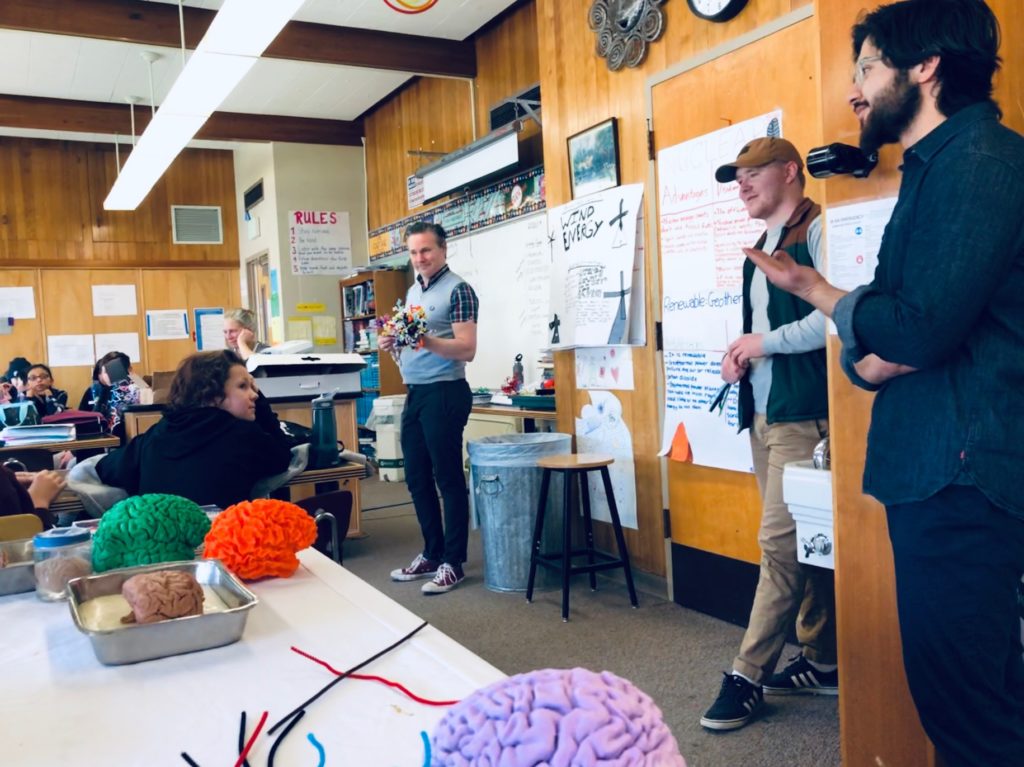
Invest in people, not processes.
— Dustin Growick (@DustinGrowick) February 27, 2019
Income inequality is a huge concern. As we taught adjunct courses and built nationally recognized outreach at a state university branch campus, tuition rose, poorly paid instructors with Ph.D.s but zero benefits taught many undergraduates, artists weren’t valued (or compensated!), teaching and outreach didn’t factor into hiring or promotion – while administrators and some tenured faculty who rarely saw students had their salaries rise by tens of thousands of dollars…

SOURCE: WA State Employee Salaries by Calendar Year
The adjunct engages more students. And there’s money at universities: ONE coach will take home a whopping $4 million in public tax dollars in 2020. That’s 755 adjunct taught courses! And a LOT of pipe cleaners. In fact, if we ordered packs of 500 off amazon.com, we could buy 222,222,222! At 20/neuron, we could build well over 11 million pipe cleaner brain cells (though still far fewer than in your actual brain)…
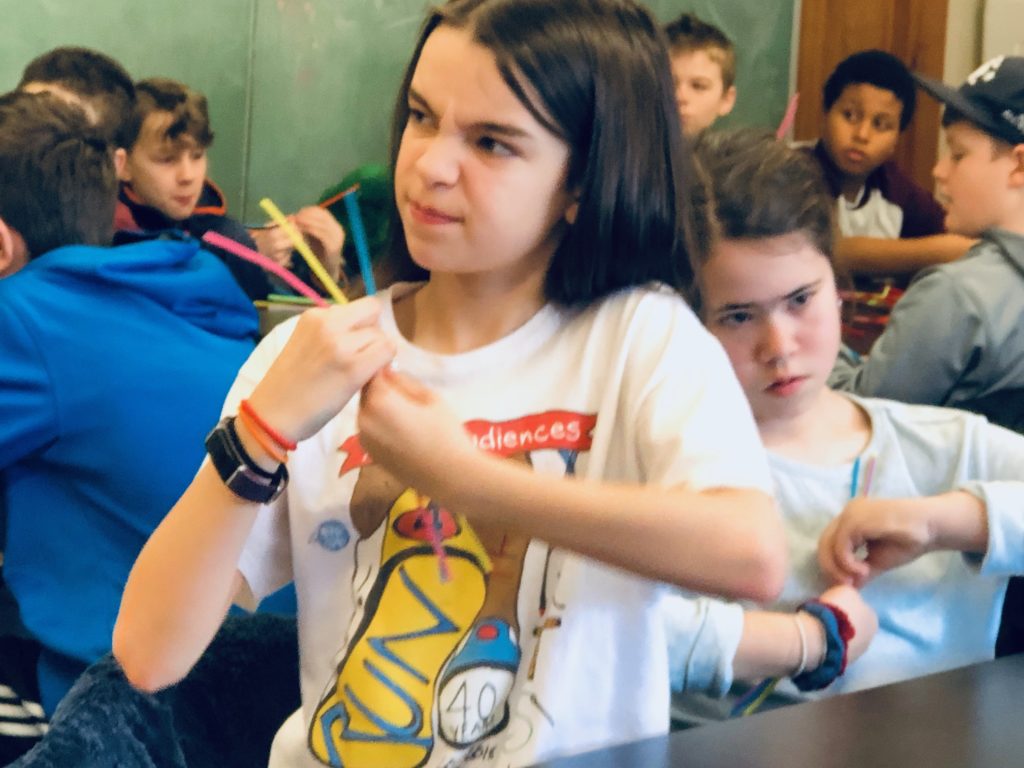
This needs to change: “I’ve learned that you shouldn’t go through life with a catcher’s mitt on both hands; you need to be able to throw some things back.” – Maya Angelou
LEARN MORE: The evaluation of scholarship in academic promotion and tenure processes
LEARN MORE: Chronic Traumatic Encephalopathy in American Football Players
LEARN MORE: The Invisible Faculty
LEARN MORE: The College President-to-Adjunct Pay Ratio
LEARN MORE: ‘It keeps you nice and disposable’: The plight of adjunct professors
LEARN MORE: Impact of Income Inequality on the Nation’s Health
LEARN MORE: Nine Charts about Wealth Inequality in America
LEARN MORE: BioGifting Brains
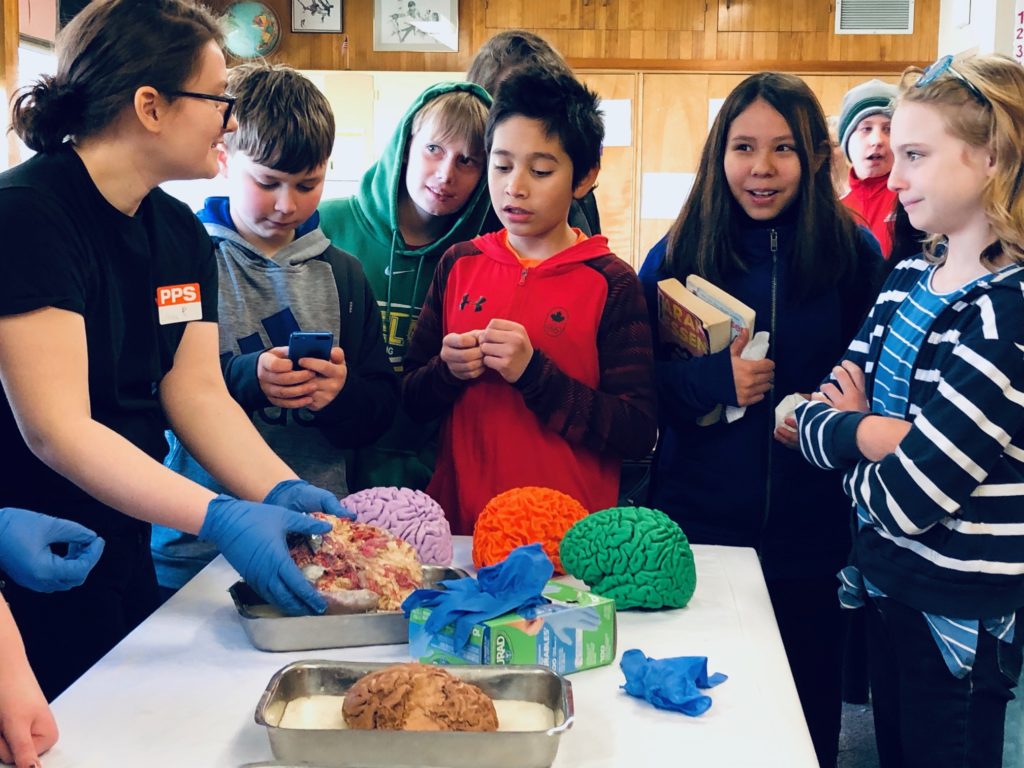
LEARN MORE: For Graduate Science Programs, It’s Time to Get Real
LEARN MORE: Point of View: Avoiding a lost generation of scientists
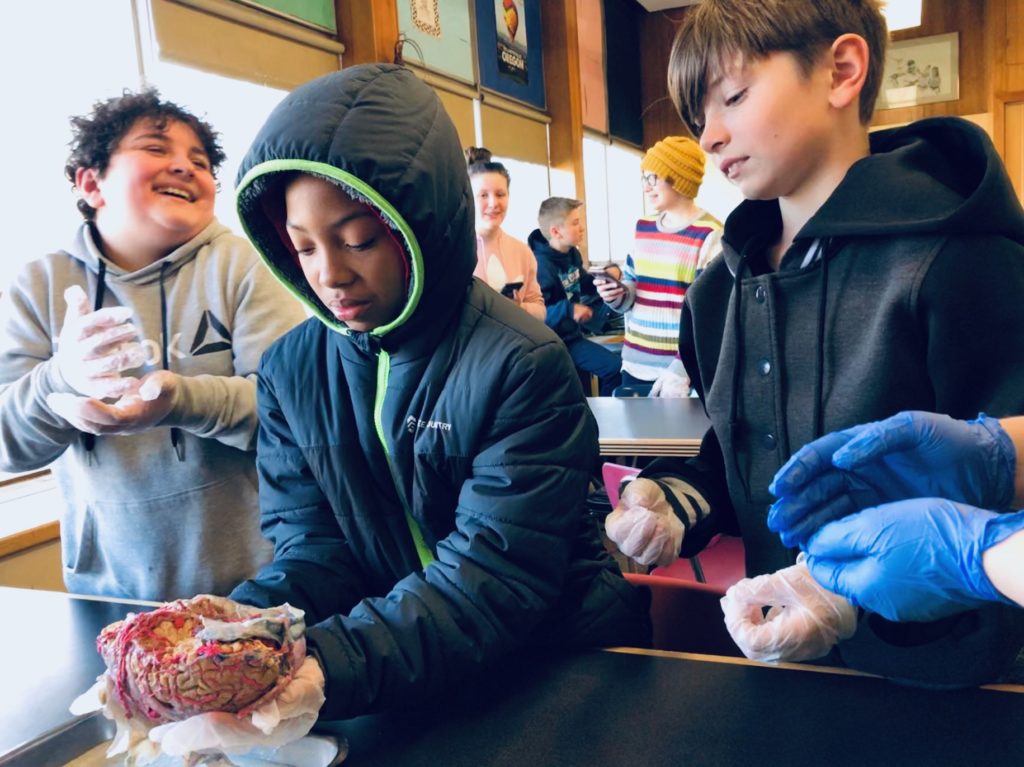
There are efforts underway to address inequality, and support more diverse engagement in science. The All of US program at NIH aims to better “reflect the rich diversity of the U.S.” in biomedical research. The NIH BUILD EXITO program at Portland State University and OHSU pairs undergraduates from under-represented groups in science with both research and career mentors to offer important connections, training and support. The OHSU Neuroscience Post-Baccalaureate Initiative is a new collaborative effort between the Department of Behavioral Neuroscience, Vollum Institute, and the Office of the Senior Vice President for Research, aimed at providing sustained research experience and skills development for individuals from underrepresented backgrounds.
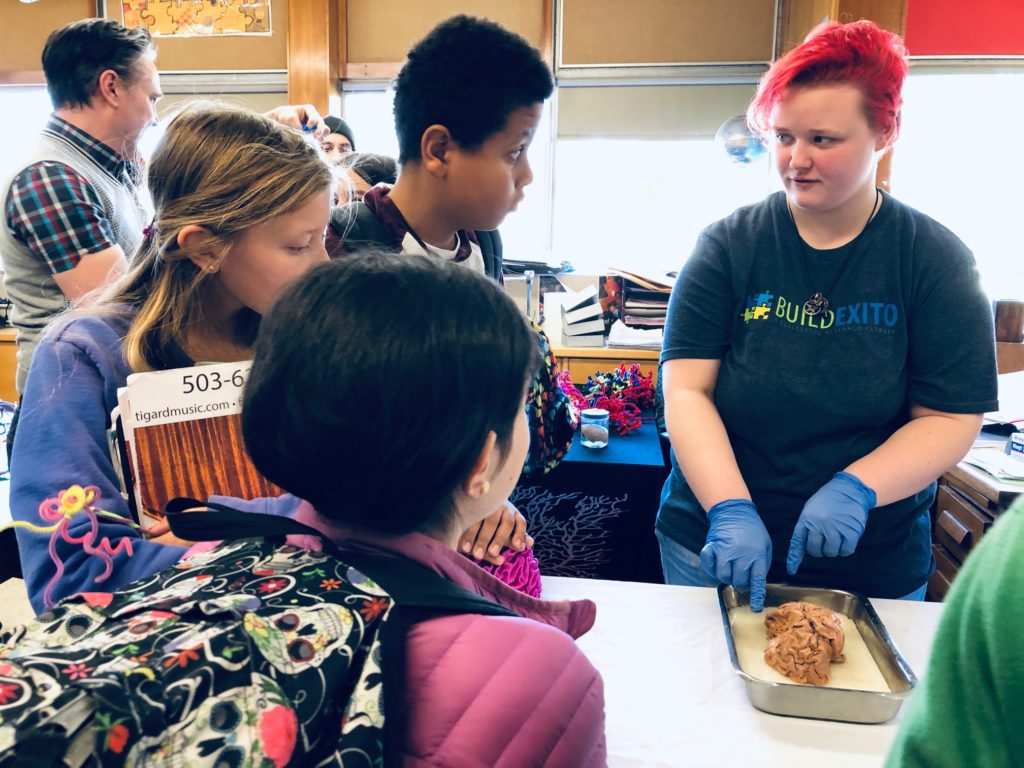
Who is in your community? What would they like to know? What can you learn from them?
LEARN MORE: About BUILD EXITO
LEARN MORE: OHSU Neuroscience Post-Baccalaureate Initiative
And as NW Noggin volunteers (ALL of us), we go directly to the public. We visit urban and rural schools, homeless youth centers, youth correctional facilities, art museums, hospitals, Congress – so that everyone gains insight into who shares our community, becomes aware of local interests and needs, and discovers new options for further education, connections – and jobs.
LEARN MORE: Synapsing for Science!
LEARN MORE: Community Neuroscience: Interview with Dana!
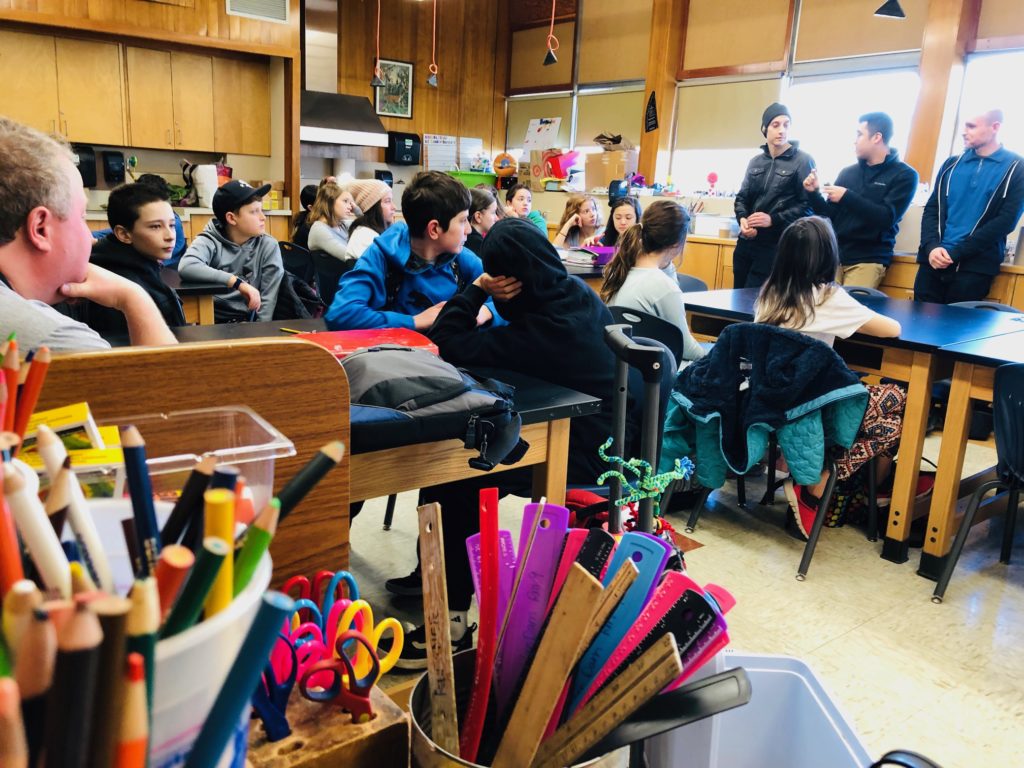
Art supplies, transportation, nitrile gloves, and meals: VERY small amounts go a long way towards connecting more people with research, including more artists, and training undergraduates and graduates in skills critical for multiple careers…
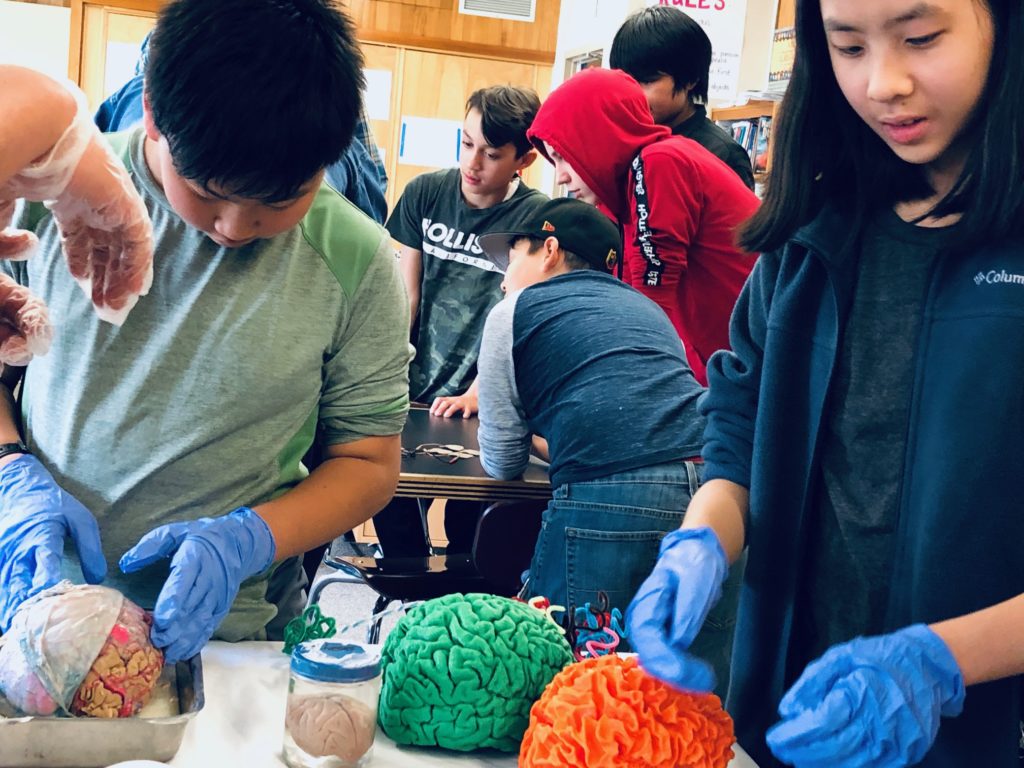
LEARN MORE: STEAM: Using the Arts to Train Well-Rounded and Creative Scientists
LEARN MORE: Integrating Art and Science in Undergraduate Education
SUPPORT: Non-profit Noggins
Getting off campus and into our community is rewarding, informative, and relieves stress! We recently enjoyed another inspiring day at Hosford Middle School with more than 250 students, and more brains, art and volunteers…
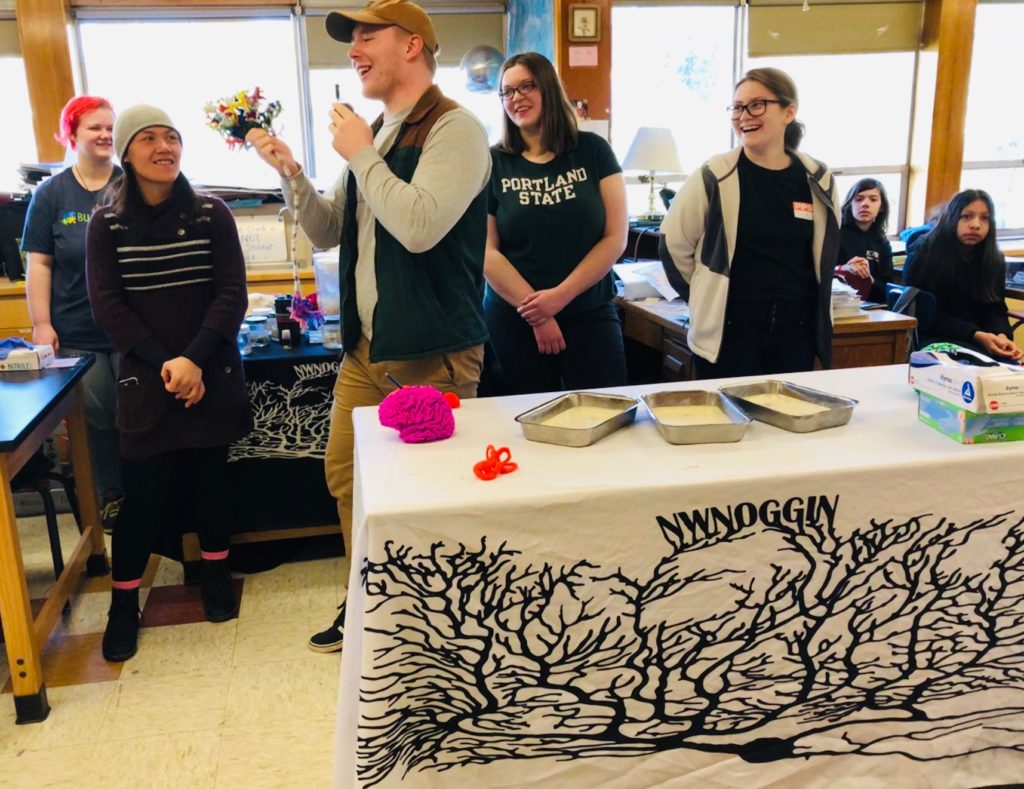
“NEVER do they linger like this after the bell rings!” -Jane VanDam, Hosford Science Teacher
SEE WHAT WE DID LAST YEAR: High Energy Hosford: Tumors, Music & Drugs!
We had a strong contingent from Portland State University, including Sawyer Perry (from NIH BUILD EXITO), Robby Heiberg, Andrew Stanley, Kyle Stinson, Katie Pope, Isidro Chan, Liliana Prychyna, Sydney Duran, Armand Beikzadeh, Marc Thompson, Alejandro Rios and Aaron Eisen…
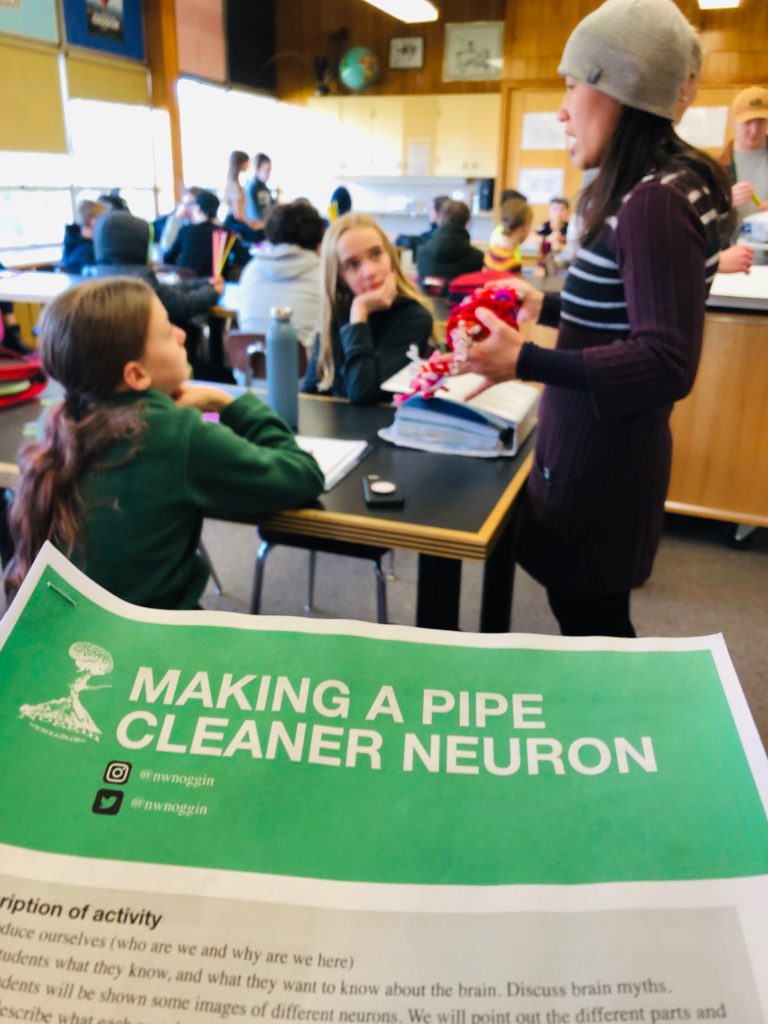
#Scitalk without action is just…talk.
Working in real classrooms lets our volunteers explore K-12 career opportunities, and build and demonstrate their impressive skills…
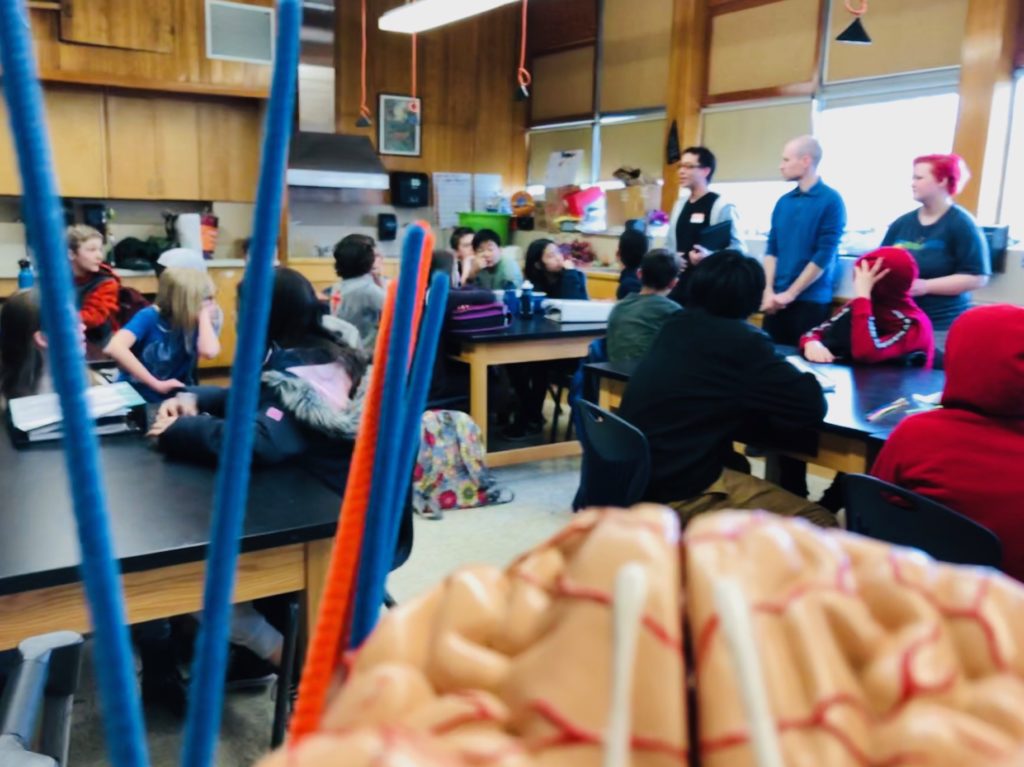
For graduate student Marc Thompson, this was his first Noggin experience, and he applauded the “inquiry based learning” approach. We ask curious K-12 students, teachers and volunteers what they already know, and what they’re interested in, and value people for what they bring to the classroom…
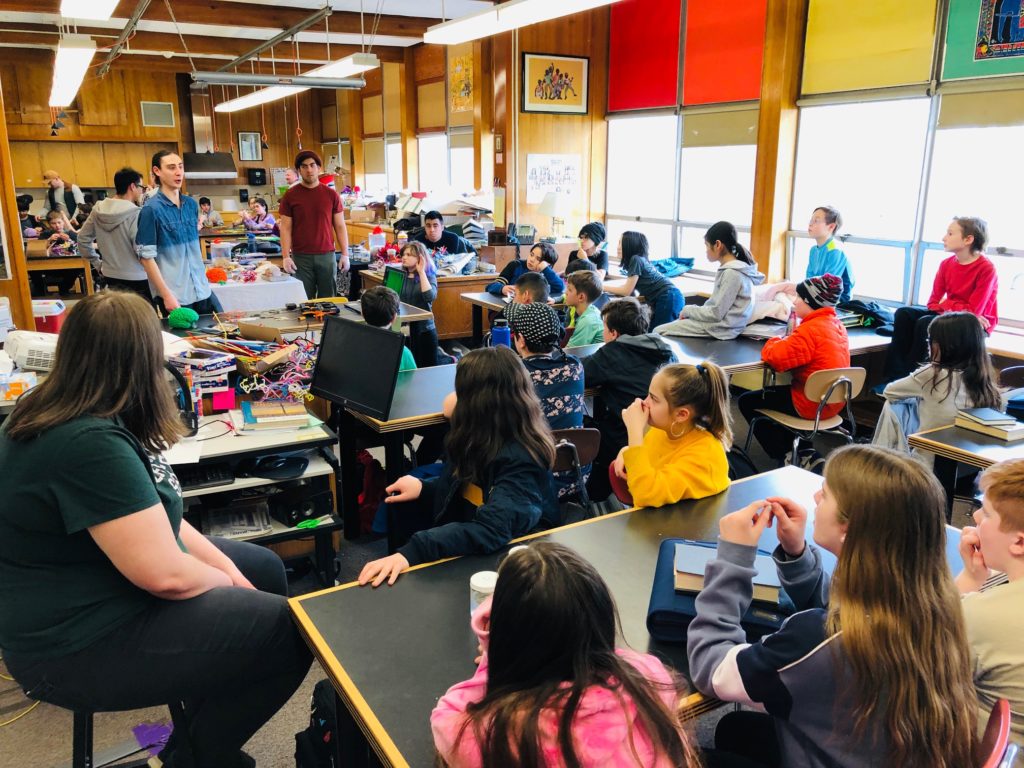
“We live in a world in which we need to share responsibility. It’s easy to say, ‘It’s not my child, not my community, not my world, not my problem.’ Then there are those who see the need and respond. I consider those people my heroes.” –Fred Rogers
LEARN MORE: Enhancing Teacher Beliefs through an Inquiry-Based Professional Development Program
From first time undergraduate volunteer Armand Beikzadeh: “This experience was so special and valuable, for both the students and the volunteers.”
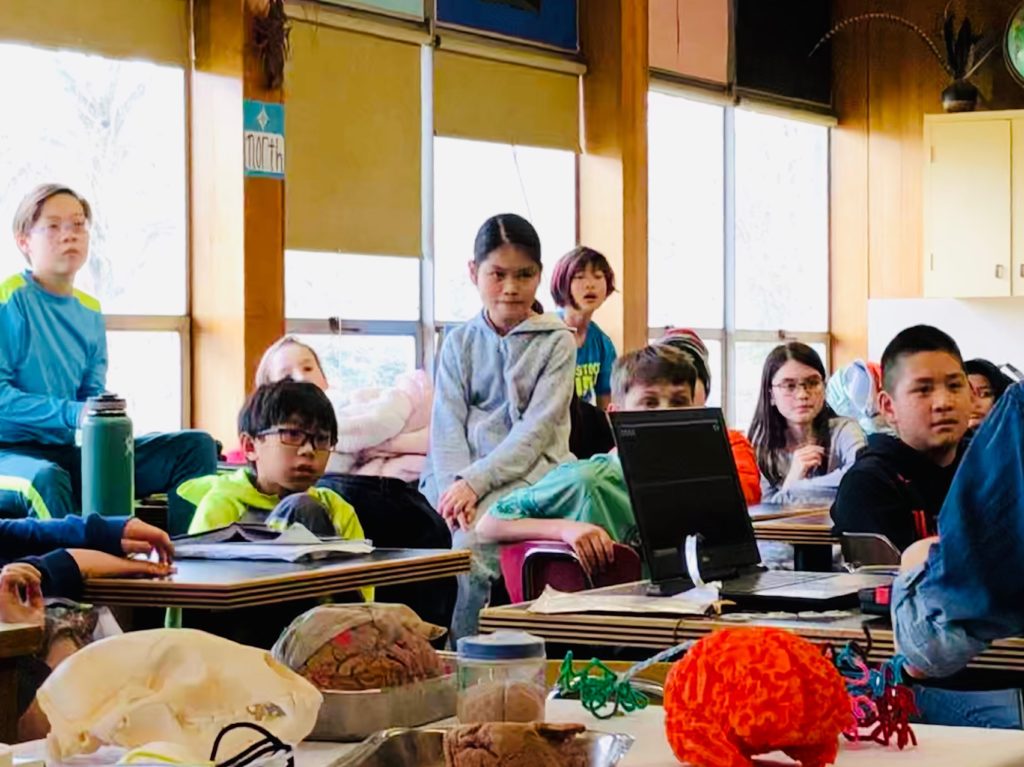
“Seeing how mesmerized the kids were and hearing their fantastic questions about brains was very rewarding, and sparked passion in me for neuroscience and learning in general!”
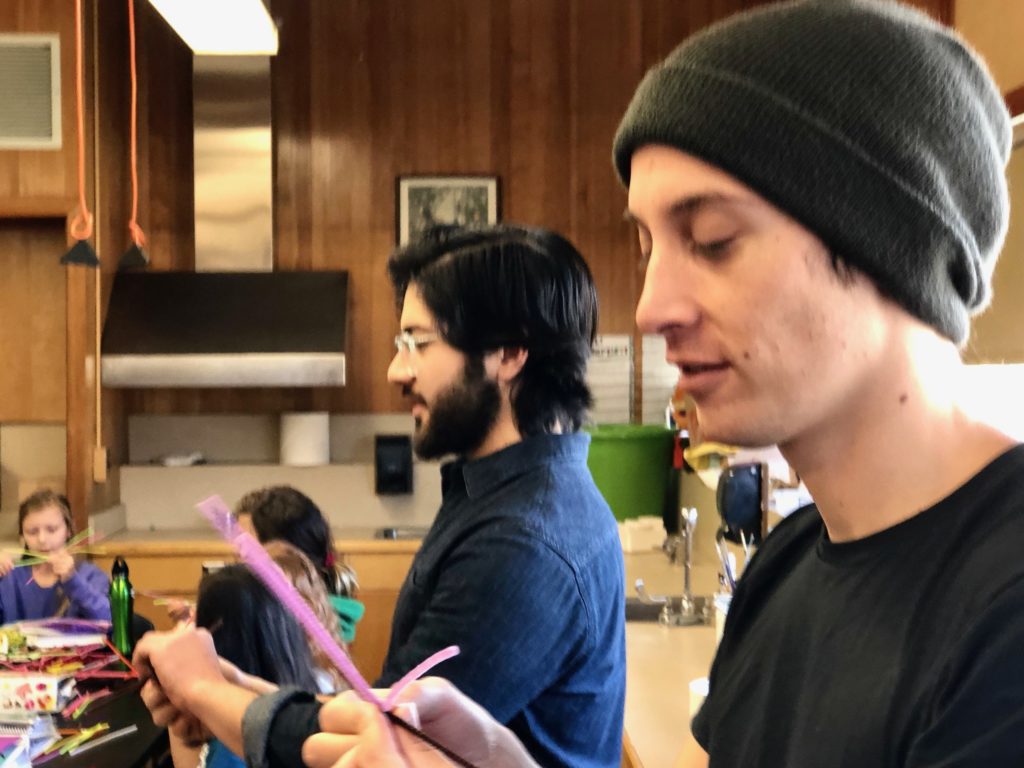
“I loved seeing the middle schoolers become so absorbed during the activities, like making the pipe-cleaner neurons and touching the brains. Many of them were amazed and grossed out at the same time! They were so genuinely curious.”
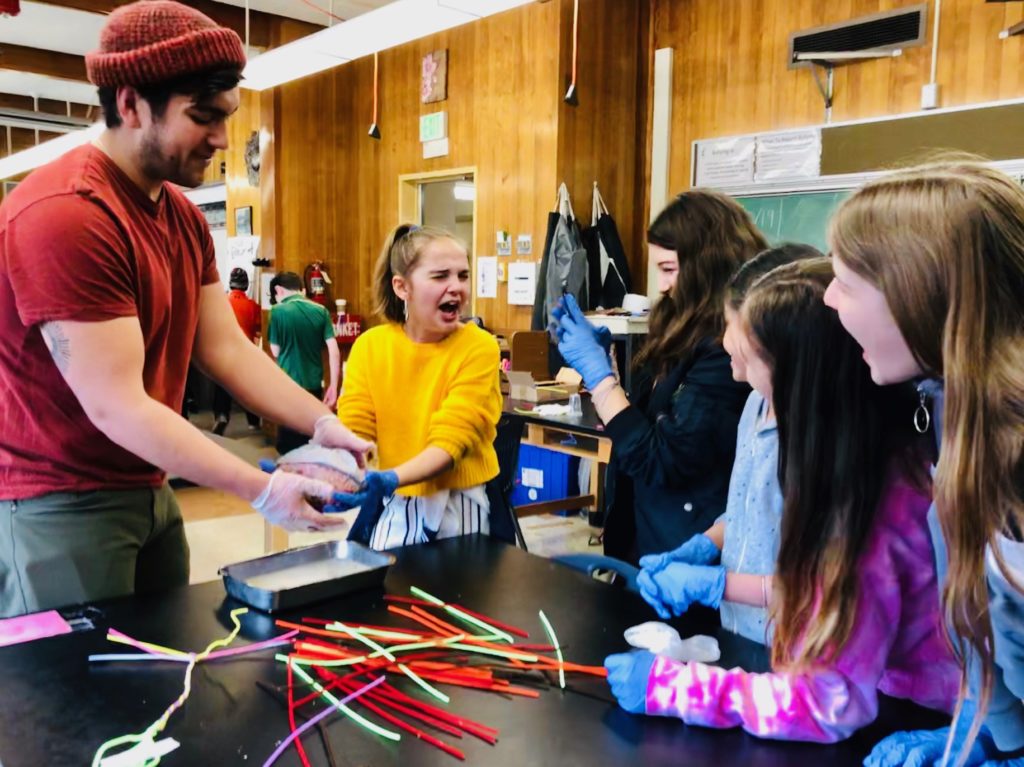
“It seemed that having physical objects in front of them that they could see, touch, and create, really made a difference in terms of their understanding and learning, as I noticed they became very focused once they were right in front of a brain, or as we explained the neuron.”
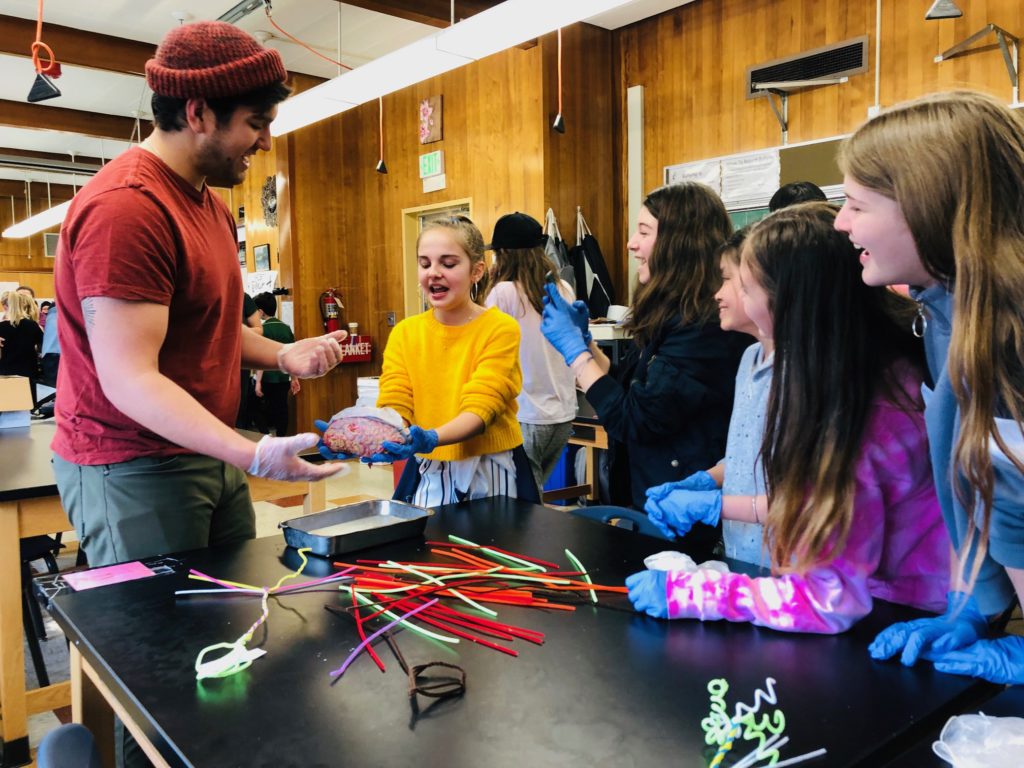
“I could tell by the questions they asked that this program really fed their curiosity and gave them a lot of new, fascinating (and some shocking) information to think about! I wish I experienced this when I was in middle school!”
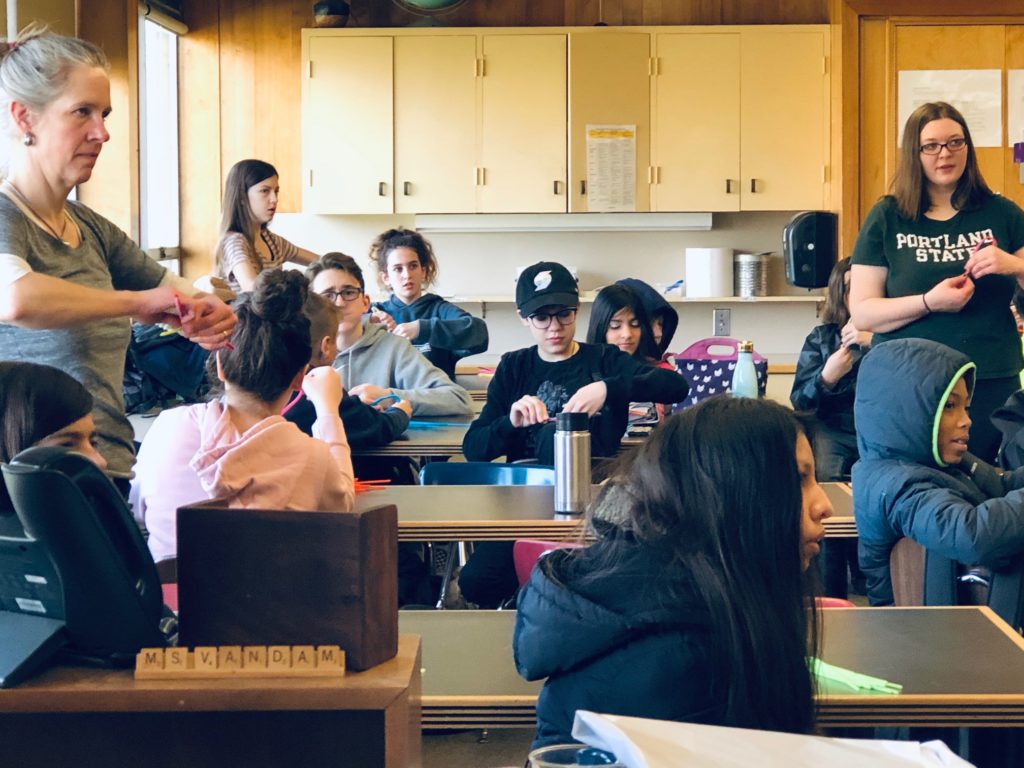
“Today was SO much fun!” -Katie Pope, Portland State University undergraduate
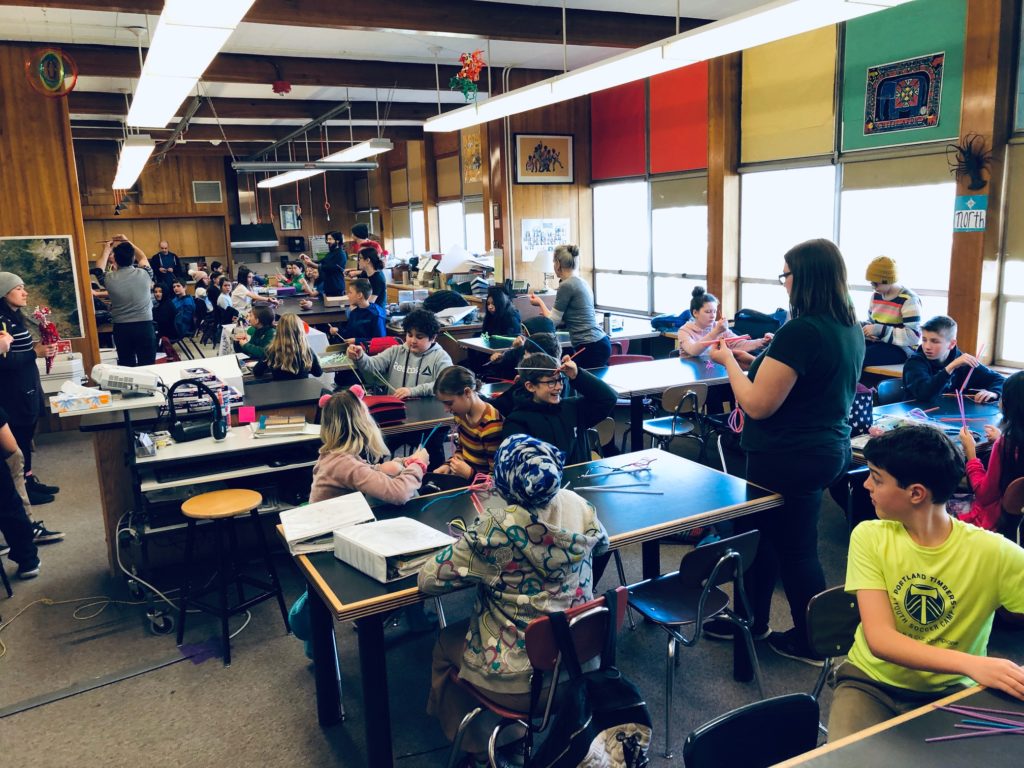
From Assistant Principal Amy Slaughter: “Thank you so much for bringing your team to Hosford again this year. It was just such exciting learning..!”
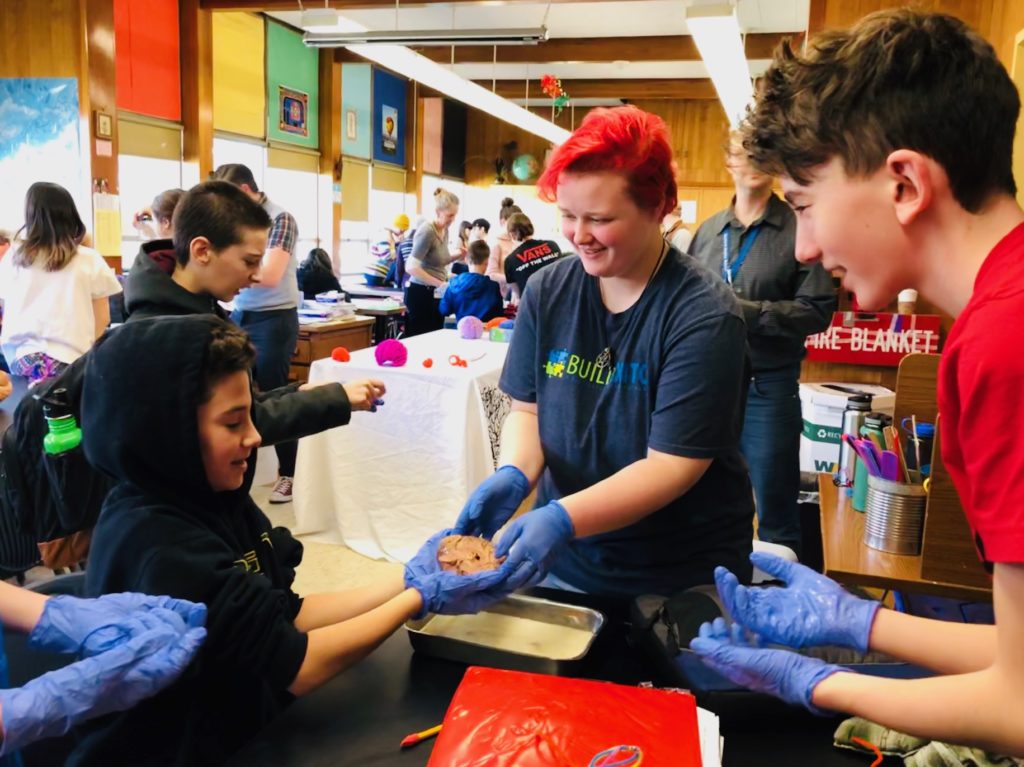
So how can we shift institutional priorities towards more equitable sharing of resources with educators, young people, and those who genuinely engage, and want to engage, in our community? What else can we do to include and inspire more of the public about scientific research, and art? Teaching and outreach are effective, inspiring – and build skills for pursuing many careers…
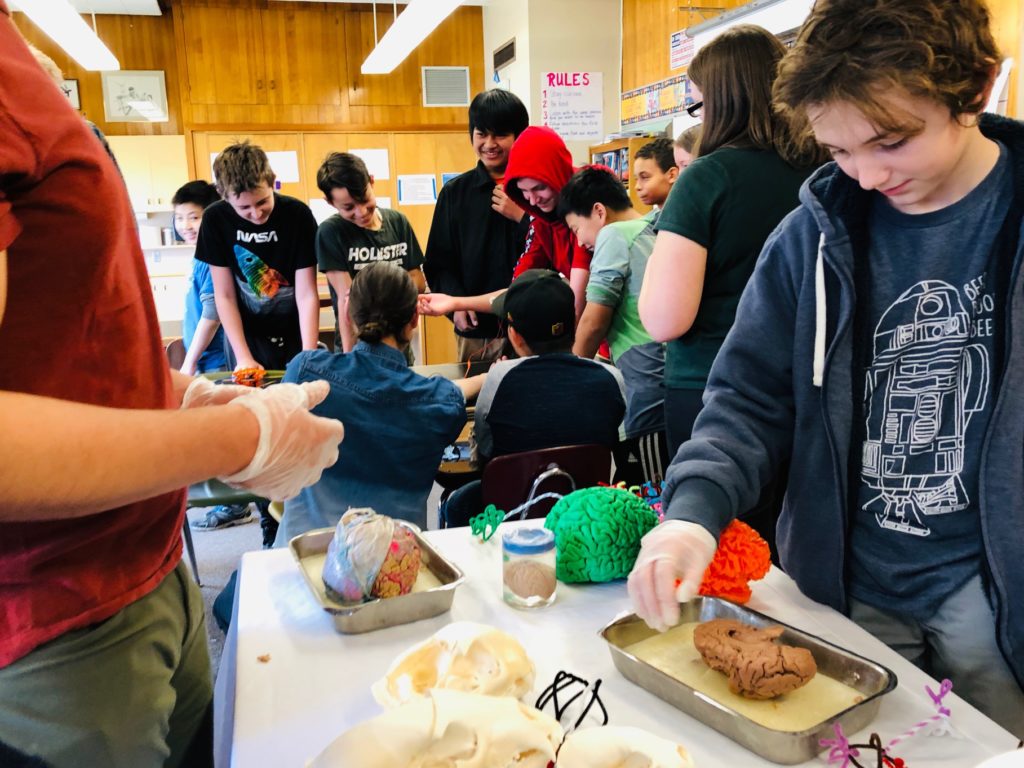
From Science Teacher Kevin Marquardt: “In my opinion integrating art into the sciences helps many kinds of students. Our understanding and retention of what we have learned are greatly enhanced when visual, auditory, or physical stimuli are incorporated into our lessons. Incorporating art into science also provides a vital hook for students who aren’t as naturally drawn to the sciences. It is also important that our students interact with the college students that you bring so that they can see someone who is closer to their age doing fun and impactful work at school. I have truly valued having your organization come to Hosford for the past two years. It has provided a powerful impact on our students that they do not forget. I hope to continue working with you in the future.”

Sincere thanks to Amy, and to Science Teachers Jane VanDam and Kevin Marquardt and their enthusiastic students for welcoming us back to class!
Hosford science students were visited by @NWNoggin last week. They learned about the human brain, made a model of a brain, held real human brains, and participated in other cool learning opportunities. Thank you @NWNoggin! pic.twitter.com/5FYGQX6lnp
— HosfordMiddleSchool (@HosfordMS) March 4, 2019


